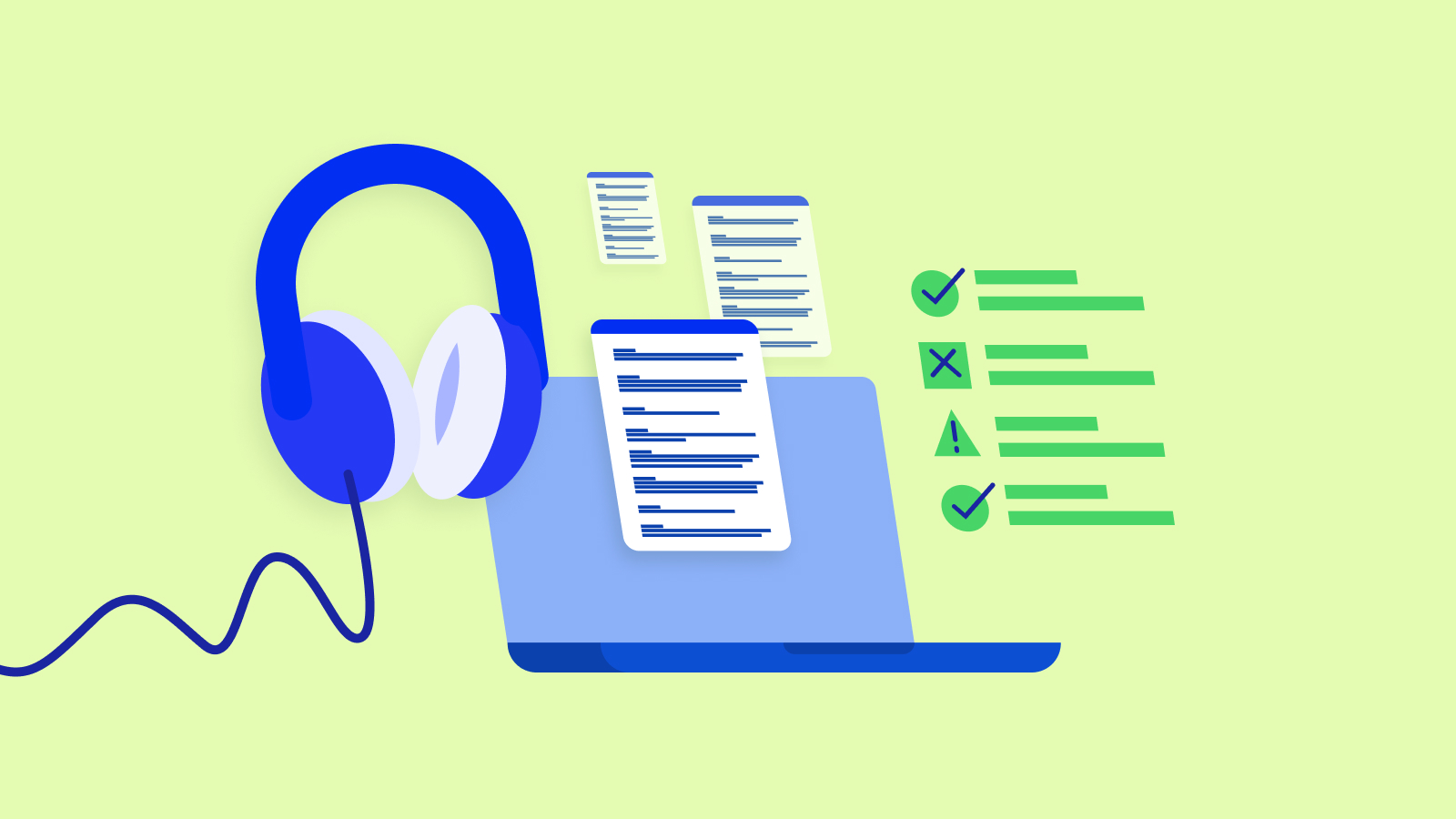Transcription is a vital skill in various industries, from journalism to academia and beyond. However, diving into transcription without knowing the basics to take note of can be daunting. if you’re just starting out in transcription, here are some essential basics you ought to know as a beginner, helping you kickstart your journey into this rewarding field.
Understanding Transcription
Transcription is the process of converting spoken language into written text. It involves keen attention to detail, accuracy, and adherence to specific guidelines to ensure the integrity of the transcribed content.
Transcription Basics to Take Note of for Beginners
1. Equipment and Software
- Invest in a quality headset: Clear audio is crucial for accurate transcription. A headset with noise-canceling features can help eliminate background noise, improving the clarity of the audio.
- Choose transcription software: There are several transcription software options available, each with its features and functionalities. Experiment with different software to find one that suits your preferences and workflow.
2. Familiarize Yourself with Style Guides
- Style guides provide standardized rules for transcription, ensuring consistency and clarity in the final transcript. Common style guides include AP Stylebook, Chicago Manual of Style, and MLA Handbook. Familiarize yourself with the guidelines outlined in these resources to maintain consistency in your transcriptions.
3. Accuracy is Key
- Listen attentively: Pay close attention to the audio content, listening for nuances in speech patterns, accents, and tone.
- Verbatim vs. Clean Verbatim: Decide whether you’ll transcribe verbatim (including filler words, stutters, etc.) or opt for a clean verbatim approach (excluding unnecessary elements). Your choice may vary depending on the purpose of the transcription and client preferences.
4. Formatting Guidelines
- Use proper punctuation: Follow punctuation rules to ensure readability and coherence in the transcript.
- Indicate pauses and interruptions: Use ellipses (…) to indicate pauses and interruptions in speech. Square brackets [] can be used for inaudible or unclear words.
- Speaker Identification: Clearly identify speakers to distinguish between different voices in the transcript. Use speaker labels or timestamps for clarity.
5. Time Management
- Set realistic deadlines: Estimate the time required to transcribe a given audio file accurately and allocate sufficient time to complete the task without rushing.
- Break it down: Break longer audio files into manageable segments to maintain focus and accuracy throughout the transcription process.
6. Proofreading and Editing
- Review your work: After completing the transcription, thoroughly proofread the transcript for errors, inconsistencies, and inaccuracies.
- Use spell checkers and grammar tools: Leverage tools like Grammarly or Microsoft Word’s spelling and grammar check to identify and correct any overlooked mistakes.
結論
Transcription can be a fulfilling and lucrative skill with practice and adherence to established guidelines. By familiarizing yourself with transcription guidelines and honing your listening and typing skills, you can excel in this field. Remember, accuracy, attention to detail, and consistency are the pillars of successful transcription. Keep practicing, and soon you’ll be transcribing with confidence and precision.






